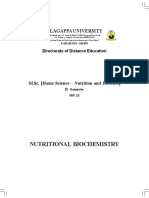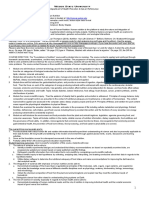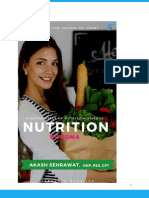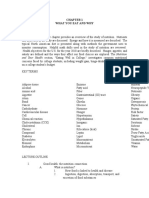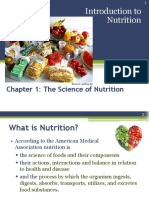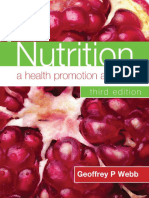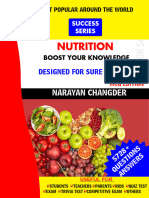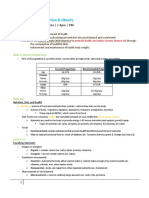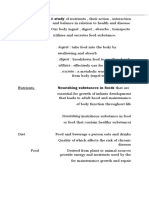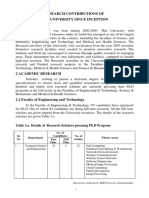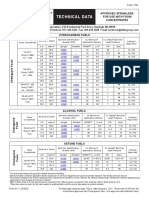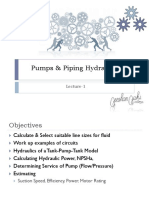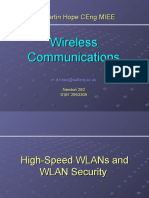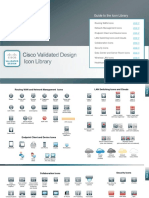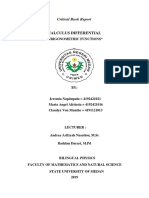0% found this document useful (4 votes)
2K views12 pagesUnderstanding Nutrition 16th Edition PDF
Understanding Nutrition 16th Edition
Uploaded by
disir84169Copyright
© © All Rights Reserved
We take content rights seriously. If you suspect this is your content, claim it here.
Available Formats
Download as PDF, TXT or read online on Scribd
0% found this document useful (4 votes)
2K views12 pagesUnderstanding Nutrition 16th Edition PDF
Understanding Nutrition 16th Edition
Uploaded by
disir84169Copyright
© © All Rights Reserved
We take content rights seriously. If you suspect this is your content, claim it here.
Available Formats
Download as PDF, TXT or read online on Scribd
/ 12



